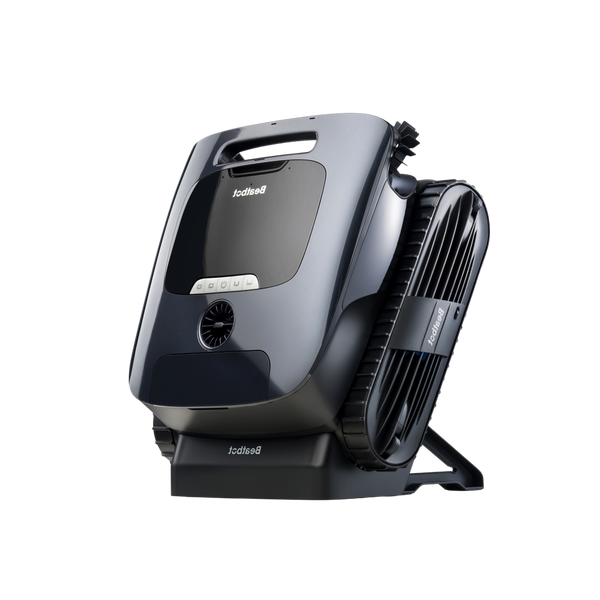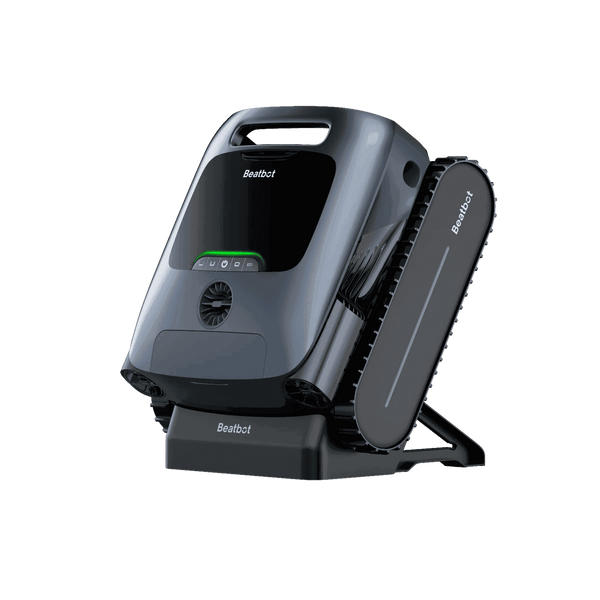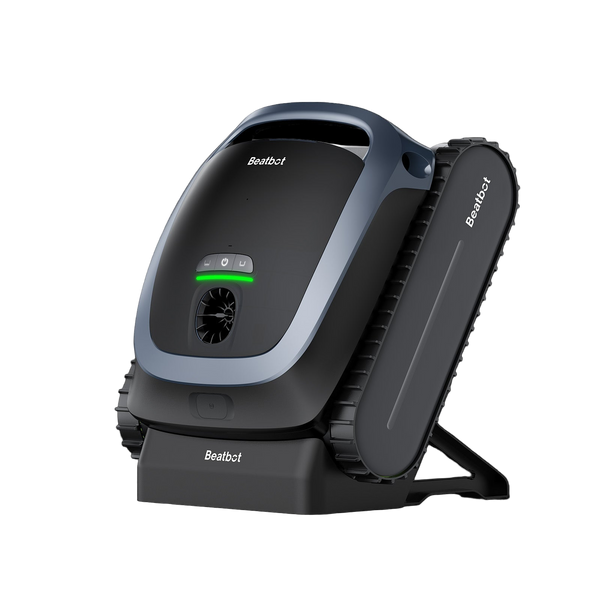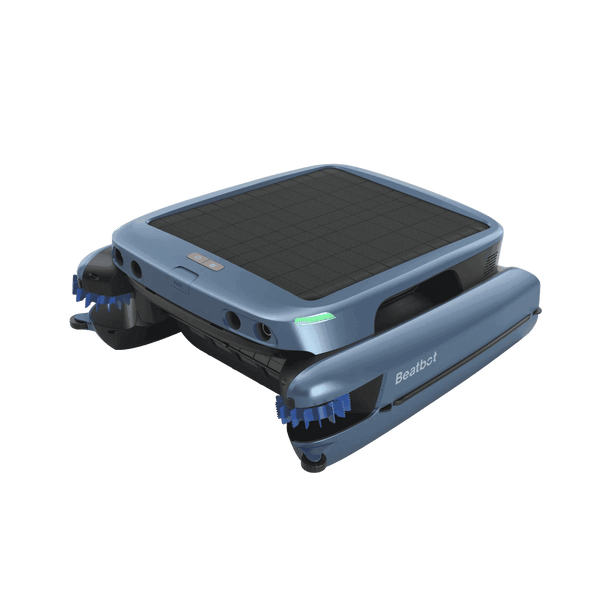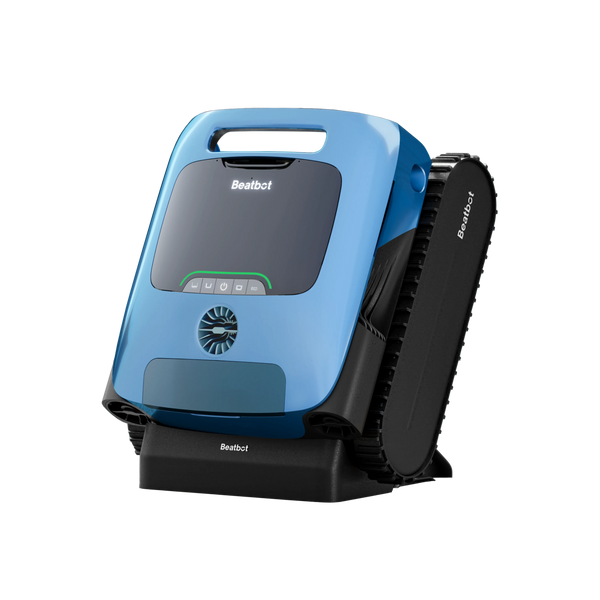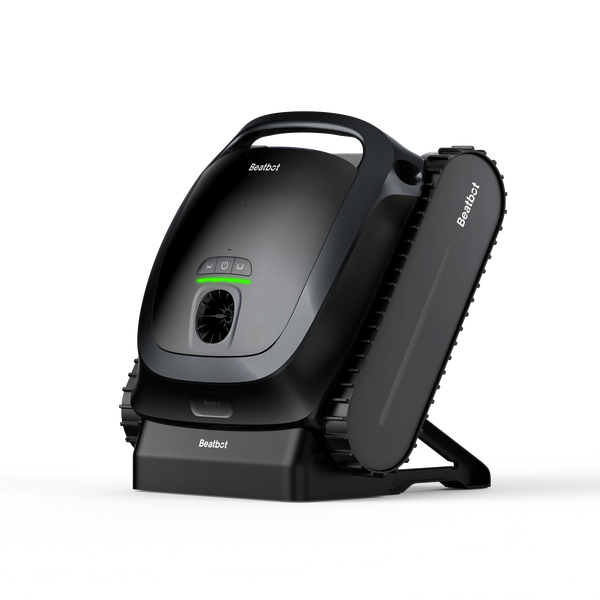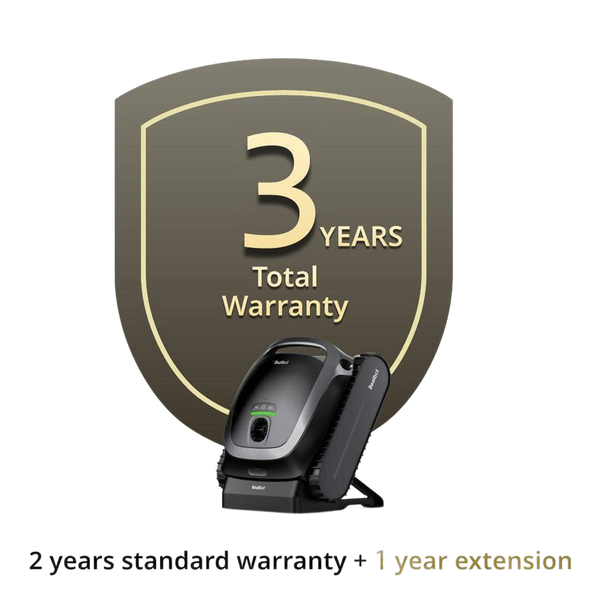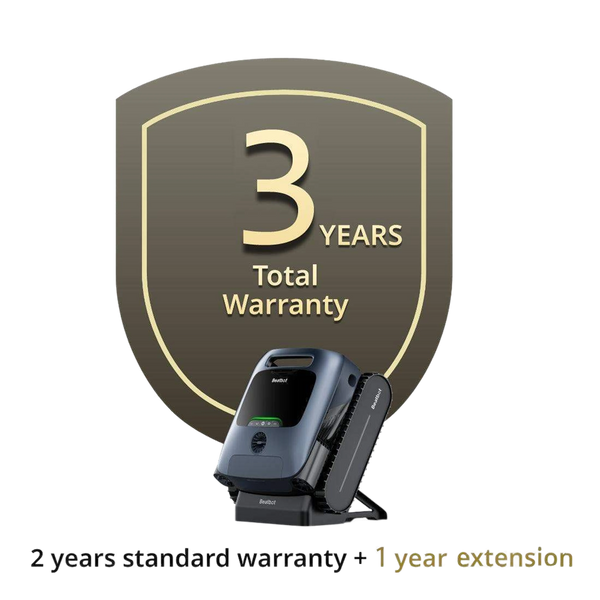Are All Pool Skimmers the Same Size?
The pool skimmer is a critical component of any swimming pool, playing a vital role in maintaining water cleanliness and circulation. However, not all pool skimmers are created equal, and their sizes can vary significantly based on their design and intended use.
Table of contents

The Role and Operation of Pool Skimmers
Pool skimmers are part of the pool's filtration system, designed to remove debris such as leaves, insects, and other floating contaminants from the pool's surface. They operate by drawing water into the skimmer through an opening, creating a vortex that traps debris in a collection basket . This process prevents debris from sinking to the bottom and clogging the pool's circulation system .
How Many Skimmers Should Be Installed for Optimal Debris Removal?
When it comes to keeping your pool pristine, the number of skimmers you choose to install plays a crucial role. Ideally, the number of skimmers will depend on the size and shape of your pool.
Considerations for Skimmer Installation
Pool Size and Shape:
Larger pools or pools with unconventional shapes often benefit from installing multiple skimmers. This approach ensures comprehensive coverage, reducing the areas where debris might otherwise accumulate.Coverage Efficiency:
Multiple skimmers work together to capture more debris, addressing areas that a single skimmer might miss. This is especially important in pools where corners or curves can create blind spots.Ease of Maintenance:
With more skimmers, each unit has less debris to manage, which can lead to reduced maintenance time and improved efficiency. This not only keeps your pool cleaner but can also extend the lifespan of each skimmer.
General Rule of Thumb
- For smaller pools, one skimmer may suffice. However, for medium to large pools, consider installing two or more skimmers . This setup provides a balanced and effective debris removal system, keeping your pool inviting at all times.
By thoughtfully planning the installation of your skimmers, you can enhance the overall cleanliness and enjoyment of your pool.
Types of In-Ground Pool Skimmers and Their Sizes
Standard In-Ground Skimmers:
These are typically installed in the pool wall and are designed to be discreet. Their size is generally standardized, with a common opening size of about 2.3” (58 mm) in height and 7.6” (194 mm) in width.
Wide-Mouth Skimmers:
These have a larger opening to handle a higher volume of debris, which is particularly useful in areas with heavy foliage or where debris accumulation is common. The size of the opening can be larger, potentially doubling the intake area compared to standard skimmers .
Custom-Sized Skimmers:
For pools with unique dimensions or special requirements, custom-sized skimmers can be fabricated. These sizes can vary greatly and are determined by the pool's design and the desired capacity for debris collection.
Understanding Dual Port Skimmer Requirements and Necessity
When considering pool safety and maintenance, it's essential to know the regulations around the use of dual port skimmers. These requirements are shaped by the Virginia Graeme Baker Pool and Spa Safety Act, which aims to improve the safety of pool drainage systems.
Requirements for Dual Port Skimmers
State Regulations : Your specific state's laws will determine if a dual port skimmer is mandatory. It's vital to check local legislation to ensure compliance.
Safety Standards : Generally, dual port systems are recommended for enhanced safety, especially in residential and commercial pools.
Why a Dual Port Skimmer May Be Necessary
Safety Enhancement : The primary function of a dual port skimmer is to mitigate the risk of entrapment. By distributing the suction across multiple ports, it decreases the dangerous pull that single-port systems might exert. This is particularly crucial in preventing accidents with pool drains.
Children's Safety : If there are small children regularly using the pool, implementing a dual port system is advisable. It minimizes the risk associated with high suction power, making the swimming environment safer for younger users.
In summary, always evaluate both legal requirements and the specific safety needs of your pool to determine the necessity of a dual port skimmer. These systems not only comply with safety regulations but also offer peace of mind for pool owners, especially those with vulnerable users.
Types of Above-Ground Pool Skimmers and Their Sizes

Floating Skimmers:
Designed for above-ground pools or for situations where a built-in skimmer is not present, floating skimmers rest on the water's surface. They are connected to a pump and filter system that actively collects debris. The size of these skimmers is generally determined by the pump and filter system they are connected to .
Mounted Skimmers:
For above-ground pools, mounted skimmers are used, which are similar in size to in-ground models but are designed to hang on the edge of the pool. These skimmers are usually smaller due to the thinner walls of above-ground pools.
Considerations for Installation:
-
Determine Your Scenario :
- New Installation : Check the dimensions of both the skimmer and the pool wall panel to ensure compatibility. Opt for a wide-mouth skimmer if possible, as it generally provides better debris capture and comes with useful accessories.
- Replacement : Try to match the skimmer model with the original one provided with your pool. If the exact model isn't available, consider a skimmer with a larger mouth for a more secure fit.
-
Installation Tips :
- When replacing a skimmer with a larger model, you may need to cut the skimmer wall to fit it properly. This step is crucial for ensuring a secure installation.
- Avoid using a smaller skimmer than the original as it may not secure safely to the pool wall, potentially leading to leaks or improper function.
-
Safety and Fit :
- A proper fit is essential for safety and optimal performance. Ensuring the skimmer is correctly sized and securely installed helps maintain the integrity of your pool structure.
By considering these factors, you can ensure that your skimmer installation is both efficient and effective, contributing to the longevity and cleanliness of your above-ground pool.
What to Consider When Replacing an Existing Pool Skimmer
Replacing an existing pool skimmer requires careful attention to detail to ensure a secure and effective installation. Here’s what you need to consider:
Identify Your Skimmer Type
- Determine Pool Type : First, confirm if you have an above-ground or in-ground pool. This will influence the type of skimmer needed.
- Assess Installation Scenario : Decide whether you are installing a new skimmer or replacing an old one.
Match the Skimmer Model
- Use the Same Model : If you're replacing a skimmer, it’s usually best to use the same model that originally came with your pool. This eliminates compatibility issues and simplifies the process.
- Alternative Options : If the original model is unavailable, opt for a skimmer with a similar size and features. A larger mouth skimmer can be used if necessary, but this may require modifications.
Installation Considerations
- Proper Fit : Ensuring the skimmer fits appropriately is paramount. If you choose a wider skimmer, be prepared to adjust the pool wall for a precise fit. Skimmers smaller than the original may compromise the integrity of the installation.
- Secure Attachment : Properly securing the skimmer to the wall is crucial for safety and functionality.
Simplifying Replacement
- Same Model, Less Hassle : Using an identical or highly compatible skimmer model can simplify the process, reducing the need for extensive adjustments.
By focusing on these factors, you'll ensure a smooth skimmer replacement that maintains your pool’s functionality and safety.
Key Differences Between Pool Skimmers for Vinyl/Fiberglass and Gunite Pools
When it comes to pool skimmers, the construction varies significantly between vinyl/fiberglass pools and gunite pools. Here's how they differ:
-
Material and Design :
- Vinyl/Fiberglass Pools : These skimmers integrate gaskets made from either rubber or cork. The purpose of these gaskets is to provide a watertight seal between the skimmer faceplate and the pool liner or shell.
- Gunite Pools : For gunite pools, skimmers do not require these gaskets, as the material and construction are inherently more rigid and secure.
-
Installation Mechanics :
- Vinyl/Fiberglass Pools : The skimmer includes a faceplate, which is essential. This faceplate must be securely screwed into place to ensure that the liner and gasket work together effectively to prevent leaks.
- Gunite Pools : Without the necessity for a gasket and faceplate setup, the installation process tends to be more straightforward, relying on the durability of the gunite material itself.
By understanding these distinctions, pool owners can ensure proper maintenance and installation of their skimmers, tailored to the specific type of pool they have.
How to Determine the Right Throat Length for Your Skimmer Installation
Selecting the appropriate throat length for your skimmer is essential for optimal performance. Here's how you can determine the right size for your setup:
Understand the Throat's Purpose:
The throat is the passage extending from the front of the skimmer to the main body where the basket resides. Its length ensures that debris is efficiently guided into the skimmer, keeping your pool clean.Assess Standard vs. Extended Throat:
Most pool skimmers come with a standardized throat length. However, specific pools may require an extended throat, especially if the skimmer needs to be positioned further from the pool edge. This scenario is common in designs where there's a significant distance, like pools with decorative brick or stone layouts.Measure Your Pool's Requirements:
Begin by measuring the gap between the intended skimmer placement and the pool's edge. Compare this measurement with the throat lengths available. If the standard length falls short, consider an extended throat model.Consider Pool Design and Material:
Unique pool designs or construction materials can influence throat length needs. Elements such as brick or block around the pool may necessitate an extended throat to ensure a perfect fit and functionality.
By taking these steps, you'll ensure that your skimmer installation is tailored to your pool's design, promoting effective maintenance and an enjoyable swimming experience.
FAQs
How do I know what size skimmer to get when replacing an old one?
Check the type of your pool, whether above-ground or in-ground, and measure the opening of the old skimmer, typically about 2.3 inches high and 7.6 inches wide for standard models. If possible, stick with the same model to prevent leaks or fitting problems. When upgrading, ensure the new skimmer matches the flow rate of your pump.
Will a bigger skimmer work better for a pool surrounded by trees?
A larger skimmer with a wider throat or bigger basket can grab more leaves and twigs before they sink, especially in leafy yards. Something like the Beatbot iSkim Ultra, with its 9-liter basket, can handle heavy debris better than smaller standard skimmers, but you’ll still need to empty it often.
Can I use a standard skimmer for a pool with a vanishing edge or infinity design?
Infinity pools or ones with vanishing edges need skimmers that can handle high water flow without flooding the weir. Standard skimmers might not cut it, so you’ll want a wider-throat model or a specialized one.
What if my pool’s in a windy spot with lots of blowing debris?
High winds dump tons of dust and leaves, which can overwhelm a small skimmer fast. Go for one with a larger basket and stronger suction to keep up. You’ll need to check the basket daily during windy seasons to avoid clogs and keep the water clear.
What are the differences between in-ground and above-ground pool skimmers?
In-ground pool skimmers are typically integrated into the pool wall and are designed to be discreet and efficient at skimming the water's surface. They are usually a fixed structure that requires professional aid for installation and repair. Above-ground pool skimmers, on the other hand, are often mounted on the wall or float around the pool, and are generally easier to install and maintain. Since above-ground pools have thinner walls, most above-ground pool owners use floating pool skimmers or mounted skimmers that hang on the edge of the pool.
How can I maintain my pool skimmer?
Regular maintenance of your pool skimmer is essential for its optimal performance. You should clean the skimmer basket regularly to remove debris. Inspect and clean the skimmer weir to ensure it functions correctly. Check for clogs and blockages in the skimmer and its connecting lines. Maintain the proper water level to ensure the skimmer functions effectively. Inspect the skimmer lid and housing for damage and secure the lid to prevent debris from entering the skimmer.
Will a larger skimmer be more efficient?
A larger skimmer can handle a higher volume of debris, which can be beneficial in areas with heavy foliage or where debris accumulation is common. However, the efficiency of a skimmer also depends on its design and how well it's maintained. A larger skimmer may not necessarily be more efficient if it's not properly maintained or if its design doesn't facilitate good water flow and debris collection.
Are robotic pool skimmers effective?
Robotic pool skimmers can be very effective, especially in automating the process of skimming debris from the pool surface. They use motors and batteries to traverse the pool, collecting dirt and debris, which can help reduce the labor-intensive process of manual skimming. Some robotic skimmers even use solar energy (Beatbot iSkim Ultra eg.) , so they can operate continuously to ensure a clean pool.
Relative Blogs
About the author
